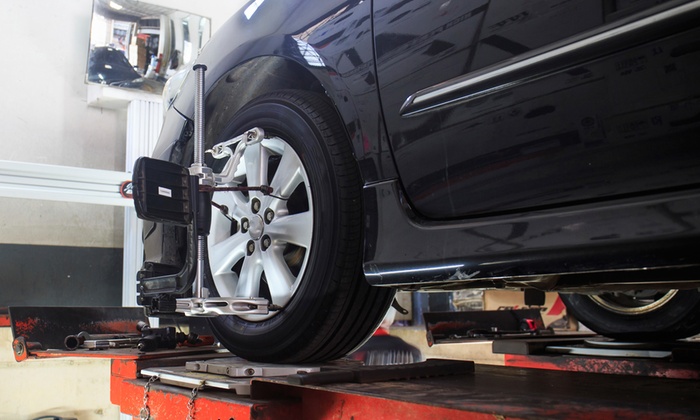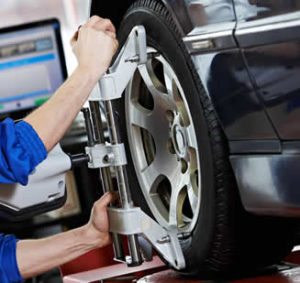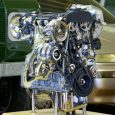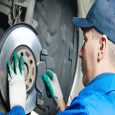
For a vehicle’s wheel alignment to be correct, the wheels should be parallel to each other and perpendicular to the road. If one or more wheels are caused to be off center, the vehicle will typically pull in that direction, following the angle of the affected wheel or wheels. A vehicle that would normally drive straight will now pull in one direction or the other. Often confused with wheel balancing, wheel alignment problems usually involve a vehicle pulling to the right or to the left because of the angle of a wheel. When a vehicle’s wheel is imbalanced, the car will commonly shake and vibrate when in operation.
Recognizing problems with alignment
Wheel alignment directly impacts a vehicle’s suspension. In a vehicle with skewed alignment, if a driver were to be on a perfectly straight road and briefly take his or her hands off of the steering wheel, the vehicle would pull to the right or the left as a result of the angle of the wheels. Resistance can be felt when maneuvering the steering wheel of a vehicle with improper alignment. Additionally, the steering wheel usually vibrates. The severity of the resistance depends on the degree the wheel or wheels have been knocked out of alignment. Improper alignment is detrimental to tires and causes vehicles to operate inefficiently. Potholes are the most common cause of problems with alignment, damaging tires and rims alike. Areas with harsh winters are notorious for potholes and are rough on vehicles. Wheels are susceptible to damage due to normal wear and tear, unfortunately.

Camber and caster
The angle of a wheel is referred to as camber. Camber, as an angle, is appropriately measured in degrees. Camber is determined by a technician who stands in front of the vehicle and determines whether the camber is positive or negative based on whether the wheel is angled outward (positive) or inward (negative). Caster refers to the steering pivot of a vehicle. Correcting camber and caster are methods of aligning the wheels of a vehicle, allowing the vehicle to operate in a straight path. However, certain adjustments are not possible with all vehicles. For example, camber is difficult to adjust with front wheel drive cars because of the way they are designed. That said, there are different approaches to correcting alignment, from wheel and rim repair to tire replacement.
Other repairs
Sometimes, it is necessary to replace a vehicle’s tires to correct wheel alignment. In other cases, the wheel’s rims needs to be repaired or replaced, as a bent rim can impact alignment. Regardless of whether a vehicle is displaying the telltale signs of improper alignment, routine wheel alignment is a part of regular vehicle maintenance. It is recommended that a vehicle’s alignment be done every 6,000 miles or so to ensure optimal performance. Having regular, routine wheel alignment done is an easy way to extend the life of a tire and a vehicle’s suspension, when done in conjunction with other routine maintenance such as tire rotation, balancing and so forth.




